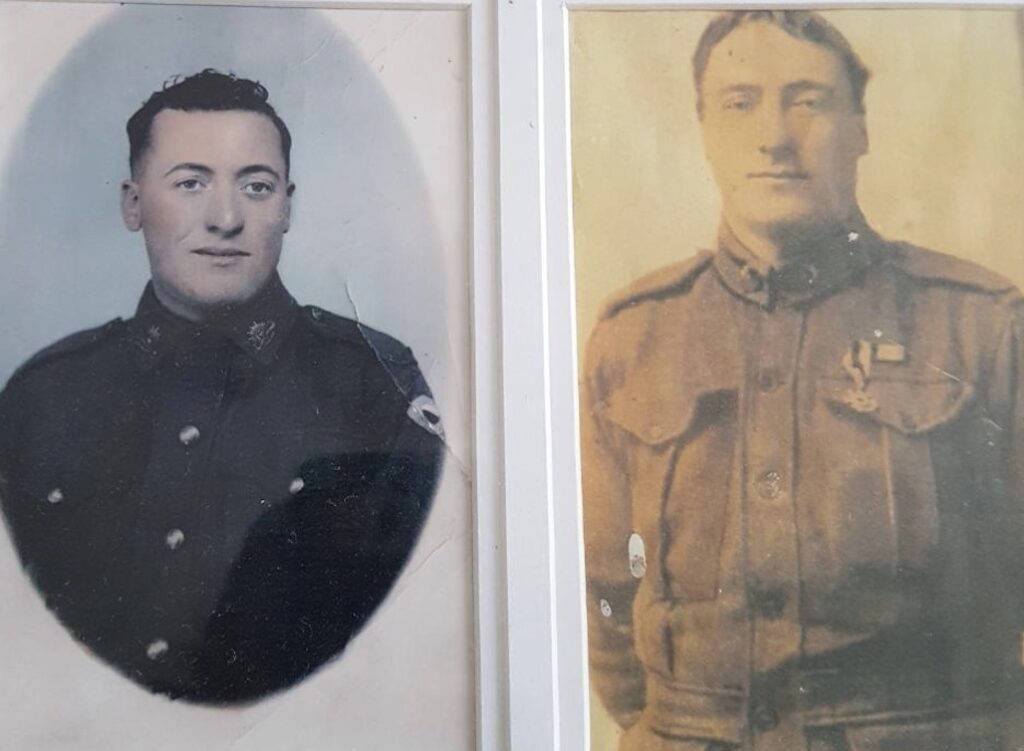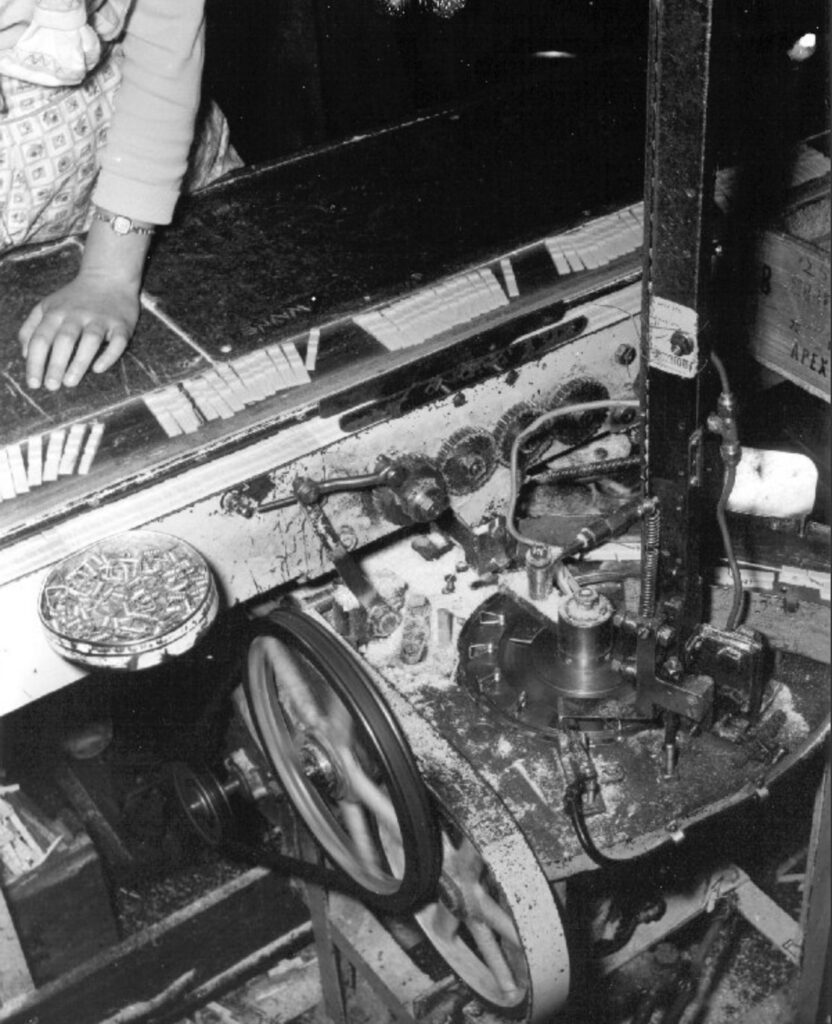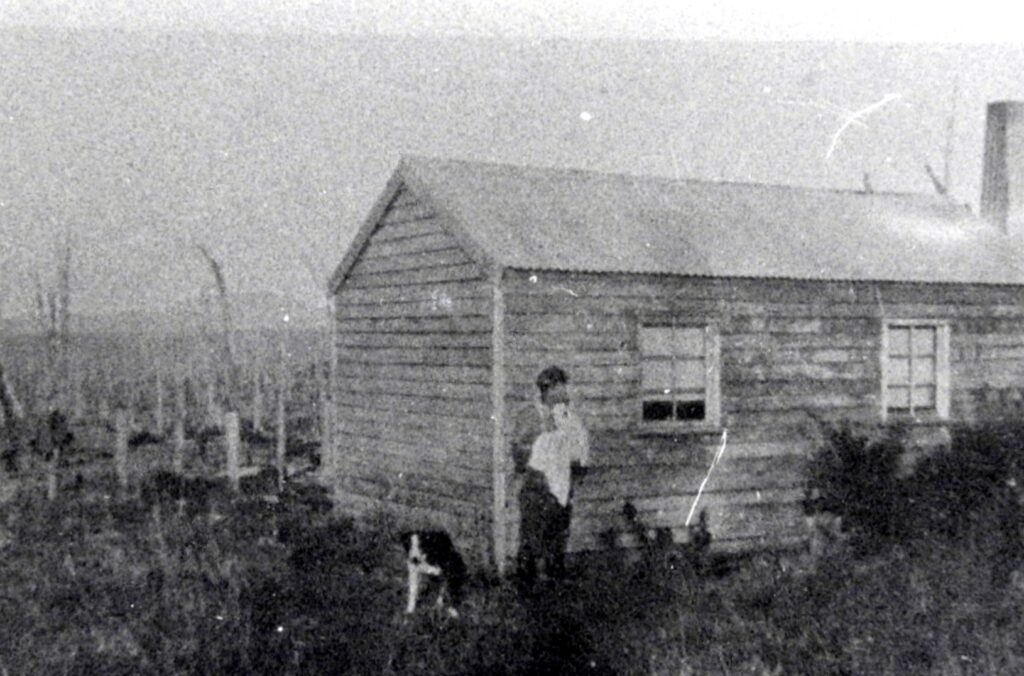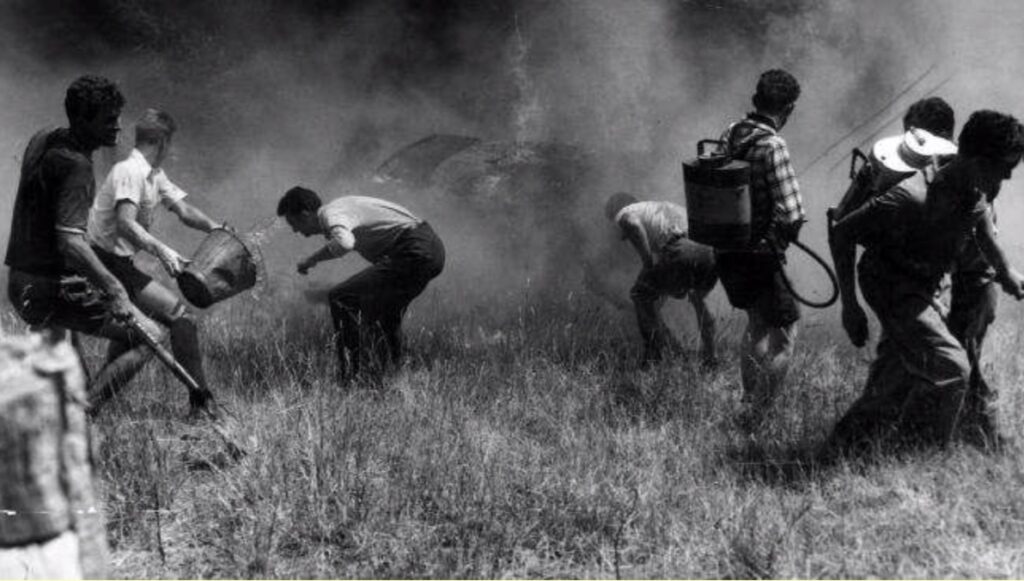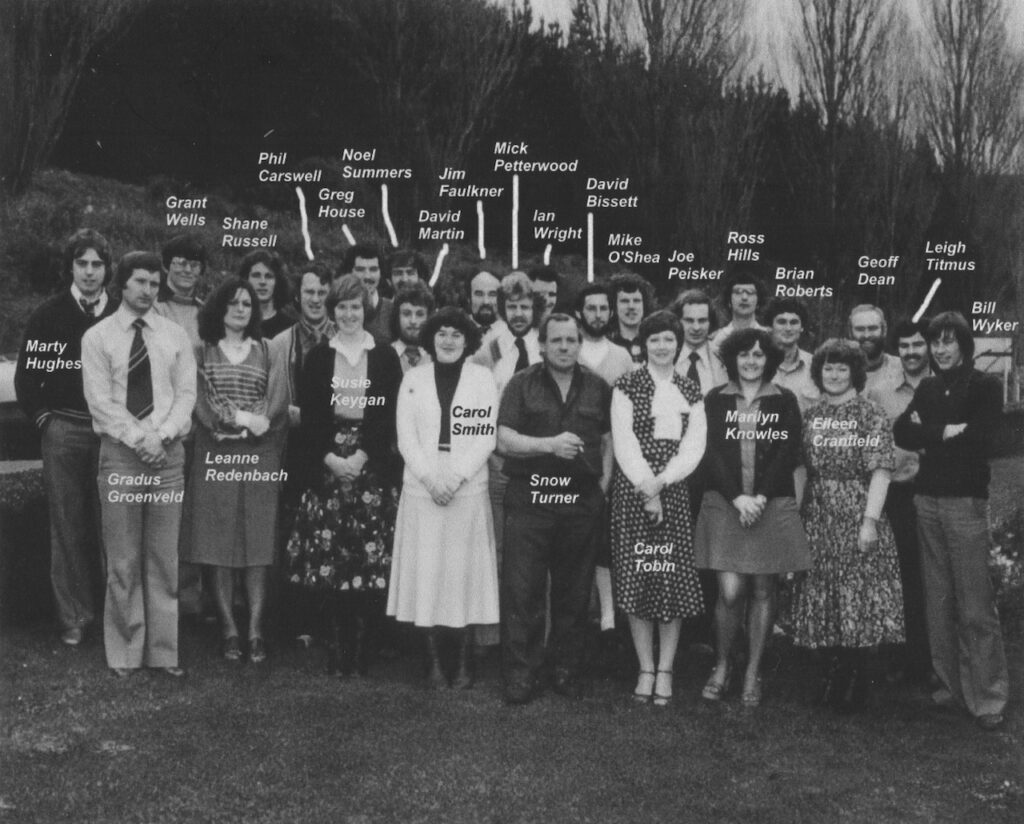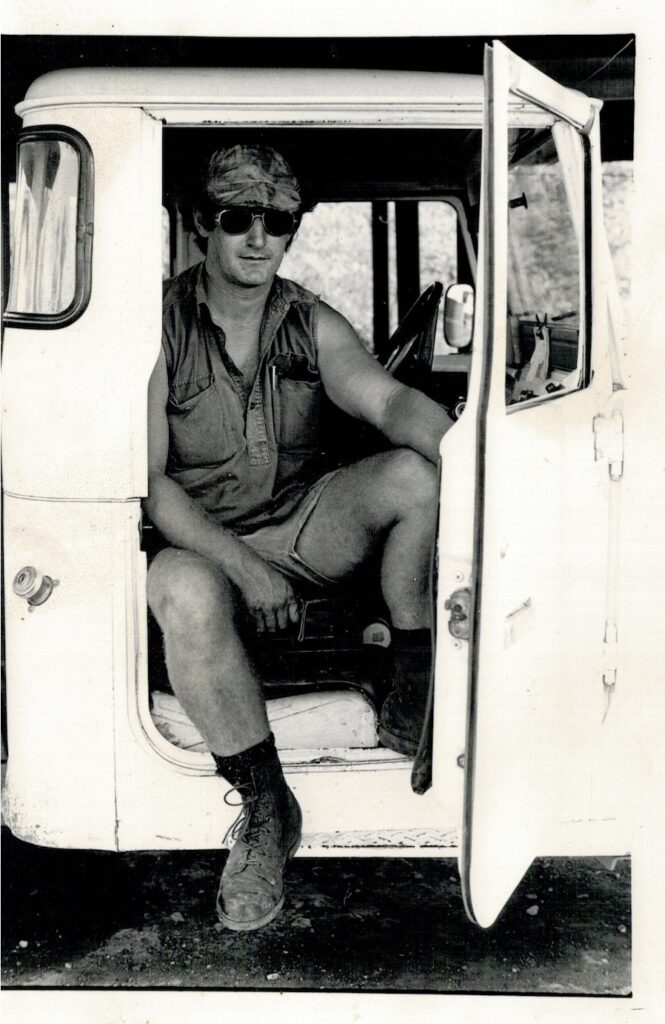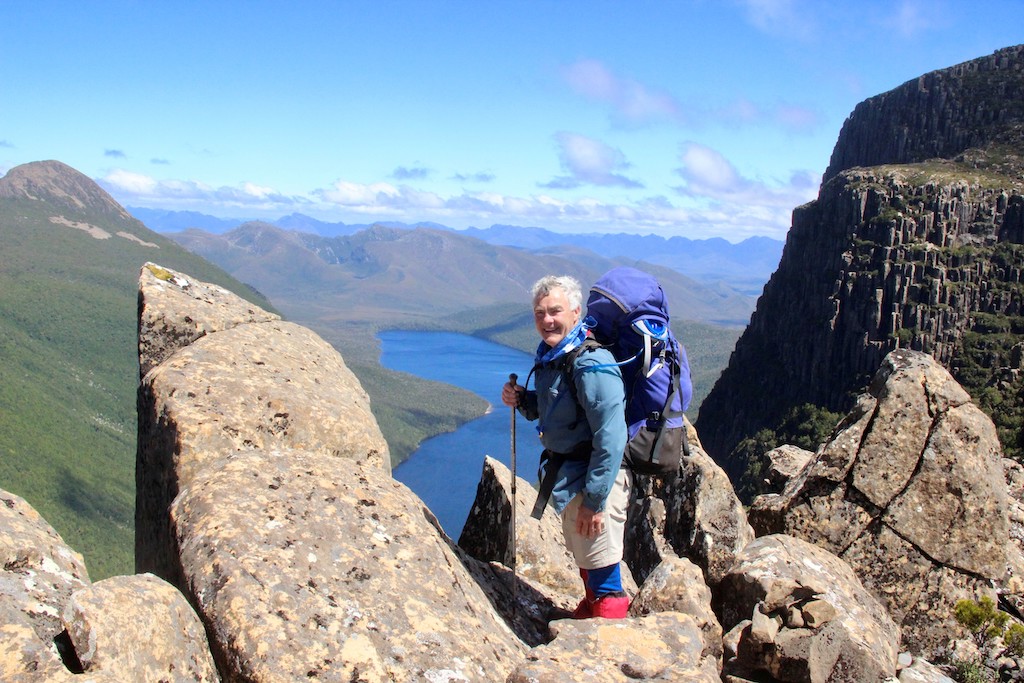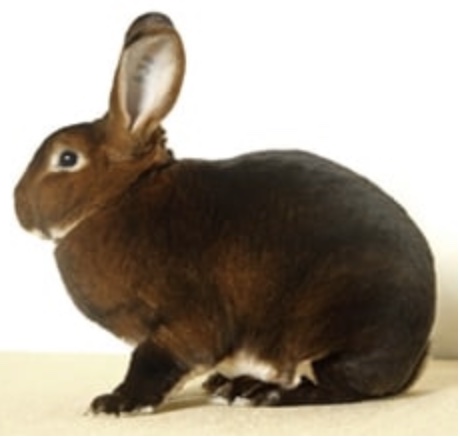Parrawe
The humble clothes peg
Ever since humans have worn garments, they have had to wash them. Where to put the garments to dry has a fascinating history. We always think that pegs hung them. However, clothes pegs only have a relatively recent past. Before the nineteenth century, laundry was hung on bushes, limbs or lines without fasteners to hold the clothes in place. … Read more
Training for bombing raids that never came
In September 1939, at the start of World War II, Japan was embroiled in its invasion of China, and Australia committed its troops overseas to help Britain. By early 1941, Australia had sent three infantry divisions and substantial air and naval resources to the Mediterranean and European theatres. Thus, in December 1941, when Japan entered the war against the Allies, much of Australia’s armed forces were heavily involved in campaigns far from home.… Read more
A fiery summer in north-west Tasmania
Introduction
The summer of 1933-34 was very dry across most of Australia, including Tasmania. It began a pronounced drought period that lasted until early 1939.
Victoria had significant bushfires in 1932. “Red Tuesday” on 19 January saw many fires in almost every part of the state, particularly West Gippsland, where nine people died. … Read more
From theodolite and chain to GPS – A surveyor’s journey with AFH, APPM & NFP (part 1) by Mike O’Shea
I am very fortunate to have worked as a surveyor during incredible technological development and advances in this vocation. This blog is in two parts; part one will deal with my early years up to the mid-1980s, and then the second part will cover the changes in personnel and technology that occurred and how they influenced my time.… Read more
AFH’s rough diamond
Terence Alexander Albert Turner, or Snow Turner, was undoubtedly a real character of AFH. Anyone who worked with him between 1960 to 1999, or had anything to do with the company during those years, will know Snow and have a story or two about him.
While small in stature, stocky and as strong as a moose, he was indeed a larger-than-life figure with a big personality and presence, best known for his colourful language, his pranks on fellow workers and his knowledge of forestry. … Read more
Morris “Mort” Bloom – my career with AFH
This month is a guest blog from Morris “Mort” Bloom.
Some of my most memorable days in the bush were marking road lines with Mort. My role was to source timber mostly from private property for the logging contractors under my supervision. Some were easily accessible across grass paddocks in the summer.… Read more
My AFH Experience
This month’s guest blog is by Leigh Titmus, who worked at Surrey Hills between 1978 and 1986.
Leigh grew up as a kid in Devonport through the 1950s and 60s. His father built one of the earliest shacks at Sisters Beach, so almost every weekend, the family would head off there, and they would drive past the Burnie Pulp and Paper mill very often.… Read more
Black rabbits at Parrawe
Over the years, rabbits have generated considerable interest in Tasmania. No wonder, for such a small state, it was estimated there were 40 million of them running around in 1953 just prior to the introduction of myxomatosis and large-scale poisoning using 1080. According to Richard Hilder, wild rabbits were first seen on the north-west coast near Forth in 1878. … Read more
